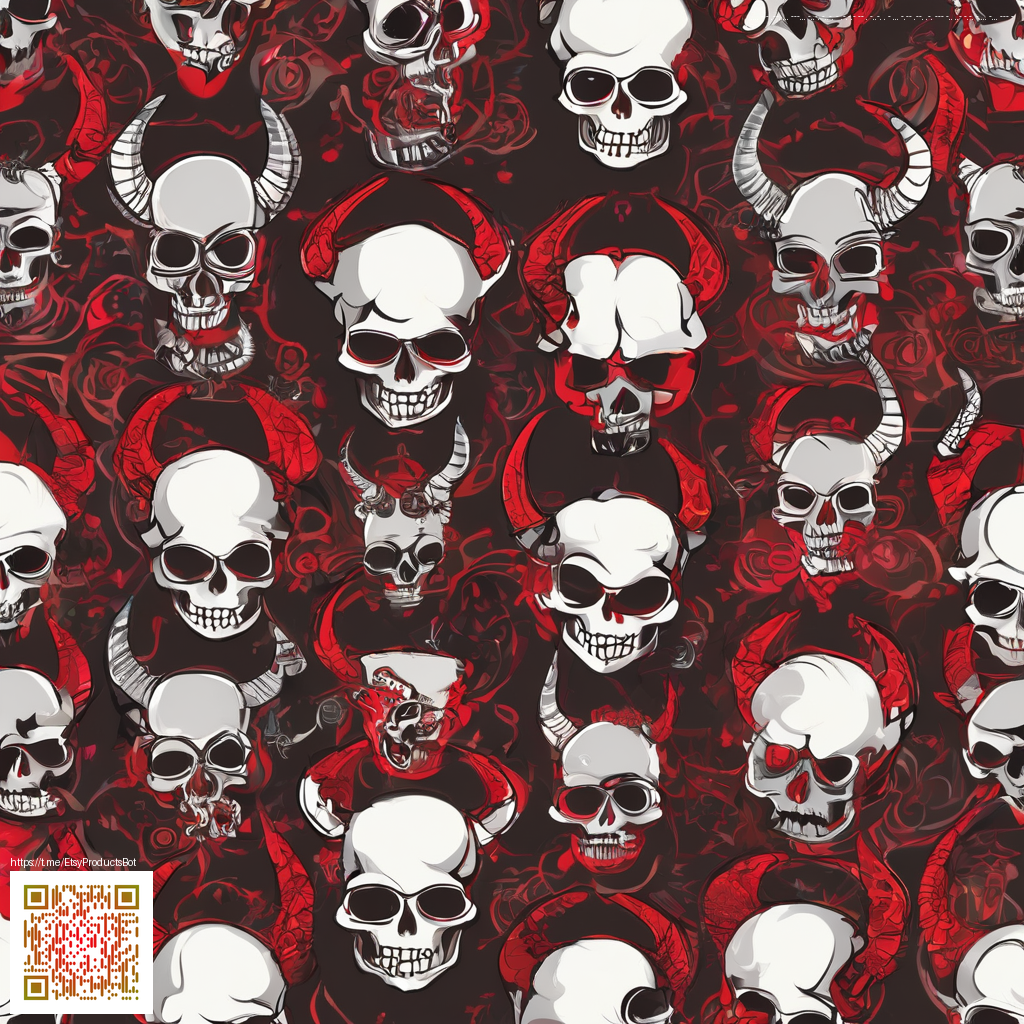
Ranking Returnal's Most Iconic Trailers and What They Reveal
Gamer memory loves a trailer that lingers. The sequence of cinematic reveals for Housemarque and PlayStation are more than flashy cuts; they map the evolution of a rogue like experience through mood, color, and sonic pulse. In this feature we rank the most influential trailers and unpack the gameplay signals and world building hints tucked inside each frame. If you caught a flicker of Selene’s helmet in a dim corridor or heard a pulse echo that matched your own heartbeat, you know how trailers can shape the feel of a game before you press start.
First impressions that set the stage
The earliest teaser for the game laid down the core vibe a player would chase for years to come. A stark, scarred planet, a lone astronaut, and a looping soundtrack that seems to compress time itself. The color grading leans into deep blues and metallic reds, signaling danger and distance while inviting curiosity about the loop mechanic at the heart of the design. This trailer telegraphed high difficulty and high reward, balancing mystery with the promise of meaningful risk and reward. Fans walked away with questions that kept them glued to trailers and streams alike 💠.
Trailers that deepen the loop and the lore
As more clips surfaced, the messaging sharpened. Visual motifs began to repeat with subtle variations, hinting at narrative threads that could only be unlocked by exploration and persistence. The sound design swells at the edge of combat, as if the player’s own actions are setting off a chain of echoes across Atropos. These trailers underscored a core gameplay idea: every death loops you back into the same environment with a twist, forcing players to reinterpret familiar corridors and boss arenas. The effect was not simply cinematic; it was a primer for how players would approach trials over repeated runs 🌑.
Updates and trailers as a living narrative
Post launch, supplementary clips began to tease content additions, number of biomes, and new encounters. A well crafted trailer can signal that a difficult challenge has grown beyond a single playthrough, inviting players to experiment with different loadouts and routes. Even without explicit patch notes in every frame, these trailers communicate the studio’s intent to expand the world while preserving the core loop. The pacing of cuts often mirrors the cadence of in game progression, where calm exploration can suddenly erupt into hectic combat, mirroring the emotional rollercoaster of a long campaign.
The team has always emphasized immersion and tactile feedback. Trailers that foreground tooltips for new mechanics or glimpses of boss behavior let players map future runs before they step into the fire. This alignment between trailer storytelling and actual gameplay design fosters trust and anticipation among a dedicated community 👁️.
Community reactions across forums and streams amplified the impact of these clips. The best trailers do not merely sell a moment; they encourage shared theories about lore, weapon balance, and the cadence of next updates. The dialogue around each release becomes part of the game itself, turning cinematic drops into collaborative puzzle pieces that players assemble together. It is a rare synergy when marketing and gameplay design feel like two halves of the same organism.
For players who crave a clear through line between spectacle and playability, the most iconic trailers succeed by presenting a promise that the end of a clip is only a doorway to the next run, not the conclusion of the journey. They remind us that a title is more than a set of mechanics; it is an ecosystem of moments, decisions, and discoveries. In that sense, these trailers function as extended tutorials wrapped in cinematic craft, guiding veterans and newcomers toward the same horizon.
Whether you remember the moment a boss showed a unique behavior for the first time or you felt the room grow quiet as a harsh cut synced to a pivotal beat, you are witnessing a designed interplay between trailer fiction and in game reality. This is where the art of video promotion meets the design of a roguelike soul, and the result is a shared language that binds a community through every patch and expansion. 💠
For readers who want to place these moments in a broader context, a few concrete milestones stand out. The PC version, released later in the lifecycle, broadened accessibility and performance expectations, while subsequent patches added features that reshaped how players approached run restoration, weapon synergy, and map awareness. These moments are not just nostalgia; they are anchors that help players navigate through the evolving landscape of Returnal in a way that feels cohesive and intentional.
As you rewatch your favorite clips, keep an eye out for how lighting, framing, and tempo cue you to try a new strategy. The trailers reward curiosity with a sense of discovery and a path toward mastery. If you want to explore more about how a trailer translates into practical play, the following related reads from our network offer additional angles on design, color, and community discourse. 💡
To support independent coverage of games and decentralized internet experiments, consider a donation. This supports diverse voices and open discussion around the games you love. Donate here to help sustain a decentralized internet that values creator autonomy and community voices.
Support a Decentralized Internet